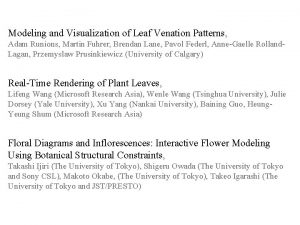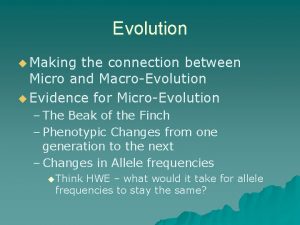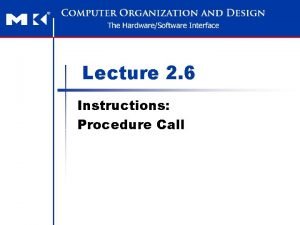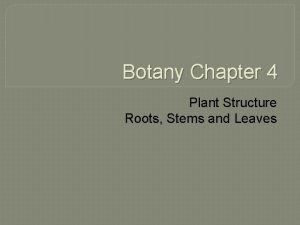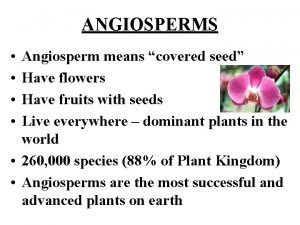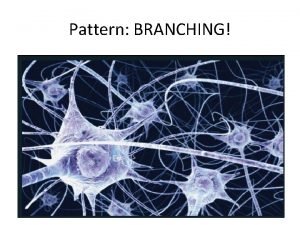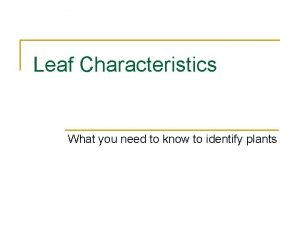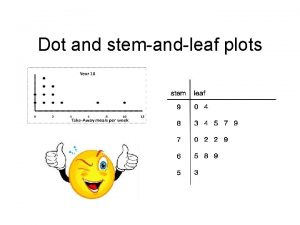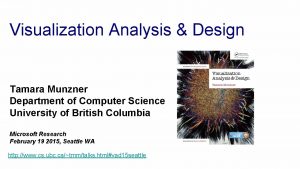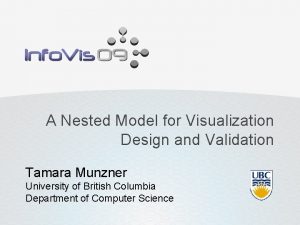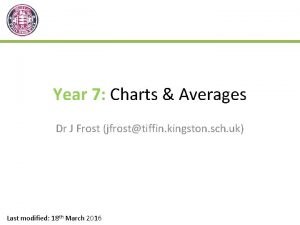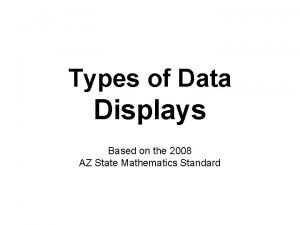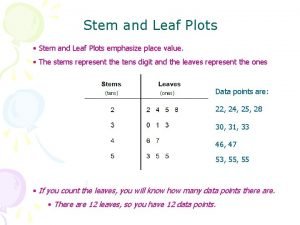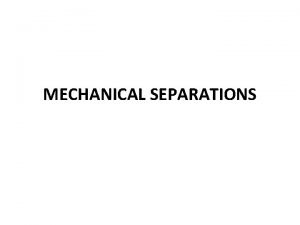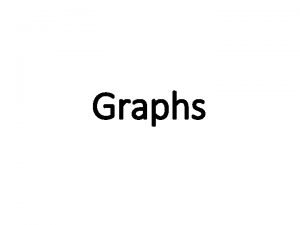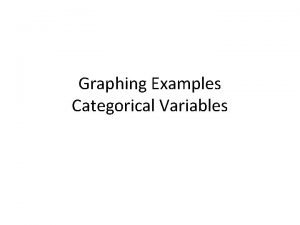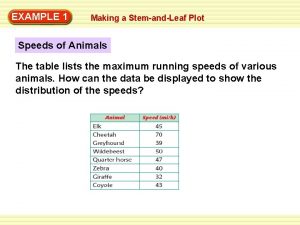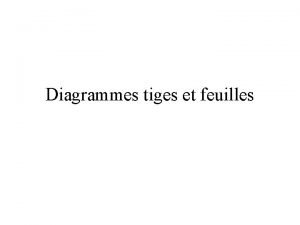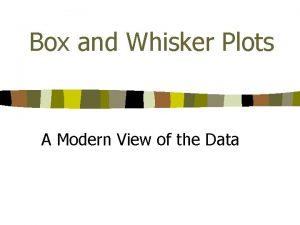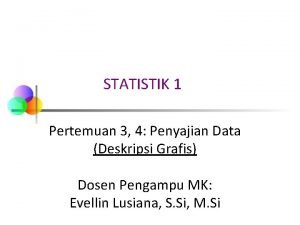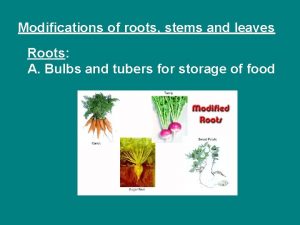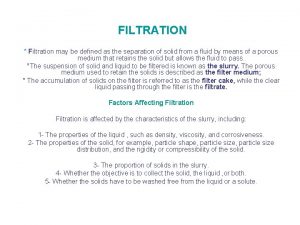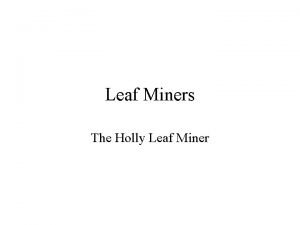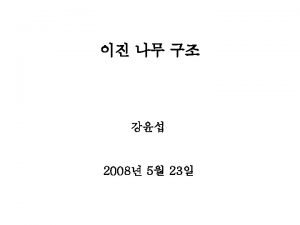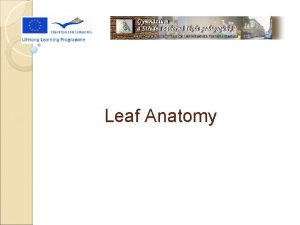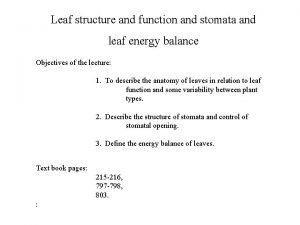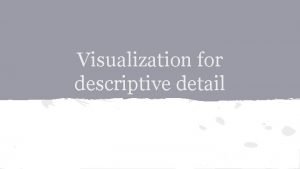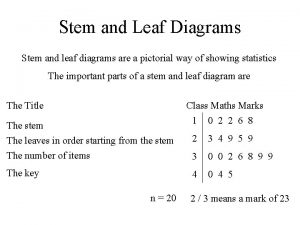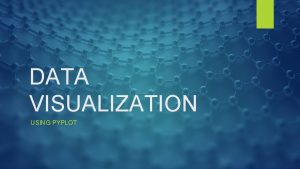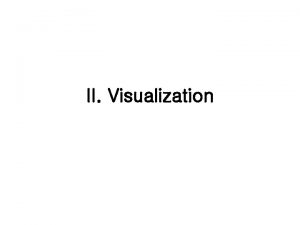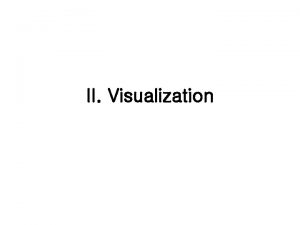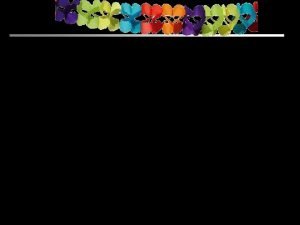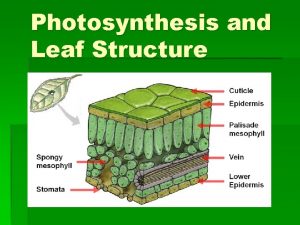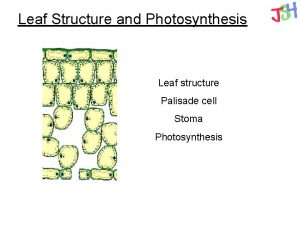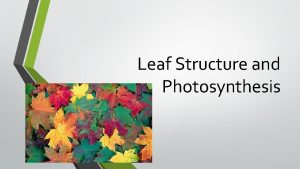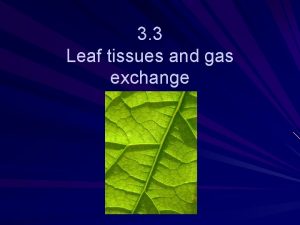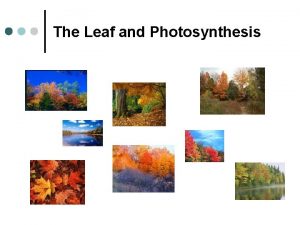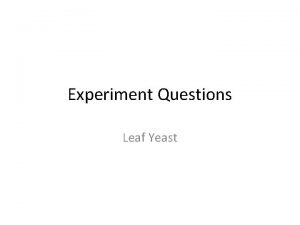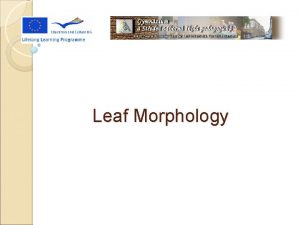Modeling and Visualization of Leaf Venation Patterns Adam







































- Slides: 39

Modeling and Visualization of Leaf Venation Patterns, Adam Runions, Martin Fuhrer, Brendan Lane, Pavol Federl, Anne-Gaelle Rolland. Lagan, Przemyslaw Prusinkiewicz (University of Calgary) Real-Time Rendering of Plant Leaves, Lifeng Wang (Microsoft Research Asia), Wenle Wang (Tsinghua University), Julie Dorsey (Yale University), Xu Yang (Nankai University), Baining Guo, Heung. Yeung Shum (Microsoft Research Asia) Floral Diagrams and Inflorescences: Interactive Flower Modeling Using Botanical Structural Constraints, Takashi Ijiri (The University of Tokyo), Shigeru Owada (The University of Tokyo and Sony CSL), Makoto Okabe, (The University of Tokyo), Takeo Igarashi (The University of Tokyo and JST/PRESTO)

Modeling and Visualization of Leaf Venation Patterns, Adam Runions, Martin Fuhrer, Brendan Lane, Pavol Federl, Anne-Gaelle Rolland. Lagan, Przemyslaw Prusinkiewicz (University of Calgary) e l ab Real-Time Rendering of Plant Leaves, l i va t e y Lifeng Wang (Microsoft Research Asia), Wenle Wang (Tsinghua University), Julie Dorsey (Yale University), Xu Yang (Nankai University), Baining Guo, Heung. Yeung Shum (Microsoft Research Asia) a t o N Floral Diagrams and Inflorescences: Interactive Flower Modeling Using Botanical Structural Constraints, Takashi Ijiri (The University of Tokyo), Shigeru Owada (The University of Tokyo and Sony CSL), Makoto Okabe, (The University of Tokyo), Takeo Igarashi (The University of Tokyo and JST/PRESTO)

Modeling and visualization of leaf venation patterns Adam Runions+, Martin Fuhrer, Brendan Lane, Pavol Federl, Anne-Gaëlle Rolland-Lagan, Przemyslaw Prusinkiewicz Department of Computer Science, University of Calgary

Algorithmic Botany http: //www. algorithmicbotany. org/ Biological Modeling and Visualization research group, Department of Computer Science, University of Calgary

Aristid Lindenmayer (1925 – 1989)

Idea • Canalization Hypothesis – Vein develops by flow of hormone Auxin – Analogous to water carving riverbeds in soft terrain • Primary Contributions – Motivated by previous researches (primarily Gottlieb) but on continuous space – Effective implementation with space subdivision (such as Voronoi diagrams)

Overview leaf blade growth placement of auxin sources vein development

Leaf growth Initial marginal isogonic uniform non-uniform anisotropic

Open Venation Process • Auxin sources and vein nodes are initialized. I

Open Venation Process • Each source is associated with the vein node that is closest to it. II

Open Venation Process • Each source is associated with the vein node that is closest to it. • The normalized vectors from each vein node to each source that influences it are then found. III

Open Venation Process • Each source is associated with the vein node that is closest to it. • The normalized vectors from each vein node to each source that influences it are then found. • These vectors are added and their sum normalized again, IV

Open Venation Process V • Each source is associated with the vein node that is closest to it. • The normalized vectors from each vein node to each source that influences it are then found. • These vectors are added and their sum normalized again, providing the basis for locating new vein nodes.

Open Venation Process VI • Each source is associated with the vein node that is closest to it. • The normalized vectors from each vein node to each source that influences it are then found. • These vectors are added and their sum normalized again, providing the basis for locating new vein nodes. • The neighborhoods of sources are now tested for the

Open Venation Process • The neighborhoods of the two leftmost sources have been penetrated by the veins, as indicated by the bolder representation of the corresponding circles. The affected sources are removed from the set of sources. VII

Open Venation Process VIII • The neighborhoods of the two leftmost sources have been penetrated by the veins, as indicated by the bolder representation of the corresponding circles. The affected sources are removed from the set of sources. • The leaf then grows; in this example we have assumed marginal growth, so the existing sources and vein nodes are not moved.

Open Venation Process • The candidate new sources are now randomly placed within the expanded blade. IX

Open Venation Process • The candidate new sources are now randomly placed within the expanded blade. • Their neighborhoods, indicated by dashed circles, are checked for the inclusion of the centers of previously placed vein nodes and sources. X

Open Venation Process XI • The candidate new sources are now randomly placed within the expanded blade. • Their neighborhoods, indicated by dashed circles, are checked for the inclusion of the centers of previously placed vein nodes and sources. • The only candidate source with an empty neighborhood is incorporated into the set of sources.

Open Venation Process • Iterate this process again. XII

Vein Width • Murray’s Law – Radii of vessel : – This work, n=3 – Calculation of vein width begins with the veinlets, assumed to have the minimum width, and proceeds towards the base of the leaf.

Closed Venation • Web-like patterns – Allow more than one vein may grow toward the same source

Closed Venation • Web-like patterns – Allow more than one vein may grow toward the same : tag – passed to source descendants


Result I • a to e : kill distance – 40, 20, 10, 5, 1 • f to h : # of sources inserted per step - 0. 00006, 0. 0003, 0. 006 • i : slow marginal growth

Result II ginkgo sweetgum lady’s mantle

Result A Nankin cherry bough. Gras s III

Result IV A poplar leaf relative neighborhood photo Urquhart approximation

Result Trillium flower V

Floral diagrams and inflorescences : Interactive flower modeling using botanical structural constraints Takashi Ijiri (The University of Tokyo) Shigeru Owada (Sony CS Laboratories Inc. ) Makoto Okabe (The University of Tokyo) Takeo Igarashi (The University of Tokyo, PRESTO/JST)

Contribution • Interaction techniques – A specific system to model flowers quickly and easily – Provide structural information of flowers developed by botanists : floral diagrams & inflorescences • Separating structural editing and geometry editing – Provide sketching interfaces for user convenience

Notions • Floral diagram – An iconic description of a flower’s structural characteristics – To design individual flowers • Inflorescence – A branch with multiple flowers and its branching pattern represented in a pictorial form – To design many flowers

Notions Floral diagram Inflorescence

Floral Diagram Pi : pistil : 암술 St : stamen : 수술 Pe : petal : 꽃잎 O : ovary : 씨방 Se : sepal : 꽃받침 Bra : bract : 포엽 R : floral receptacle : 꽃턱 A : axis Up : petal connate to petal : 합착 꽃잎 Sp : sepal adnate to stamen : 수술에 인접한 꽃받침

Inflorescence (A) (B) (C) (D) (E) • Indeterminate : lower ones bloom first and higher ones follow – (A) raceme, (B) corymb • Determinate : top or central first, lower or lateral follow – (C) dichasium, (D) drepanium • Compound : mixture – (E) compounded raceme

Floral Diagram Editor (a) Edior (b) Brassica Rapa (c) Ranunculus acris

Floral Component Edit sketch to transform along 3 D model center vein global transform local transform

Inflorescence Editor

FIN
 Open venation
Open venation Maple leaf and oak leaf homologous
Maple leaf and oak leaf homologous Leaf and non leaf procedure
Leaf and non leaf procedure Role modeling theory
Role modeling theory Tap root and fibrous root
Tap root and fibrous root Parallel venation diagram
Parallel venation diagram Branching venation
Branching venation Leaf types
Leaf types Opposite leaf arrangement
Opposite leaf arrangement Relational modeling vs dimensional modeling
Relational modeling vs dimensional modeling Adam white speaks
Adam white speaks Mining frequent patterns associations and correlations
Mining frequent patterns associations and correlations In traditional dating patterns dating behavior
In traditional dating patterns dating behavior He plants in sap and leaf and wood
He plants in sap and leaf and wood Dot plot vs stem and leaf
Dot plot vs stem and leaf Stem and leaf diagram questions and answers
Stem and leaf diagram questions and answers Before and after data visualization
Before and after data visualization Tamara munzner data visualization
Tamara munzner data visualization Signal analysis and visualization
Signal analysis and visualization A nested model for visualization design and validation
A nested model for visualization design and validation Dfd symbols are referenced by using all
Dfd symbols are referenced by using all Linear quadratic function
Linear quadratic function Dfd chapter 5
Dfd chapter 5 Dr frost averages
Dr frost averages Advantages and disadvantages of histogram
Advantages and disadvantages of histogram Whats a stem and leaf plot
Whats a stem and leaf plot Math stem and leaf
Math stem and leaf Stem and leaf spss
Stem and leaf spss Disadvantages of rotary drum filter
Disadvantages of rotary drum filter A graphical display of data using bars of different heights
A graphical display of data using bars of different heights Papa johns
Papa johns Unordered stem and leaf plot
Unordered stem and leaf plot Diagramme a tige et a feuille
Diagramme a tige et a feuille Box plot caculator
Box plot caculator Disadvantages of box plots
Disadvantages of box plots Contoh stem and leaf
Contoh stem and leaf Leaf roots example
Leaf roots example Plate and frame filter advantages and disadvantages
Plate and frame filter advantages and disadvantages Stem and leaf plot questions
Stem and leaf plot questions Stem and leaf exam questions
Stem and leaf exam questions
